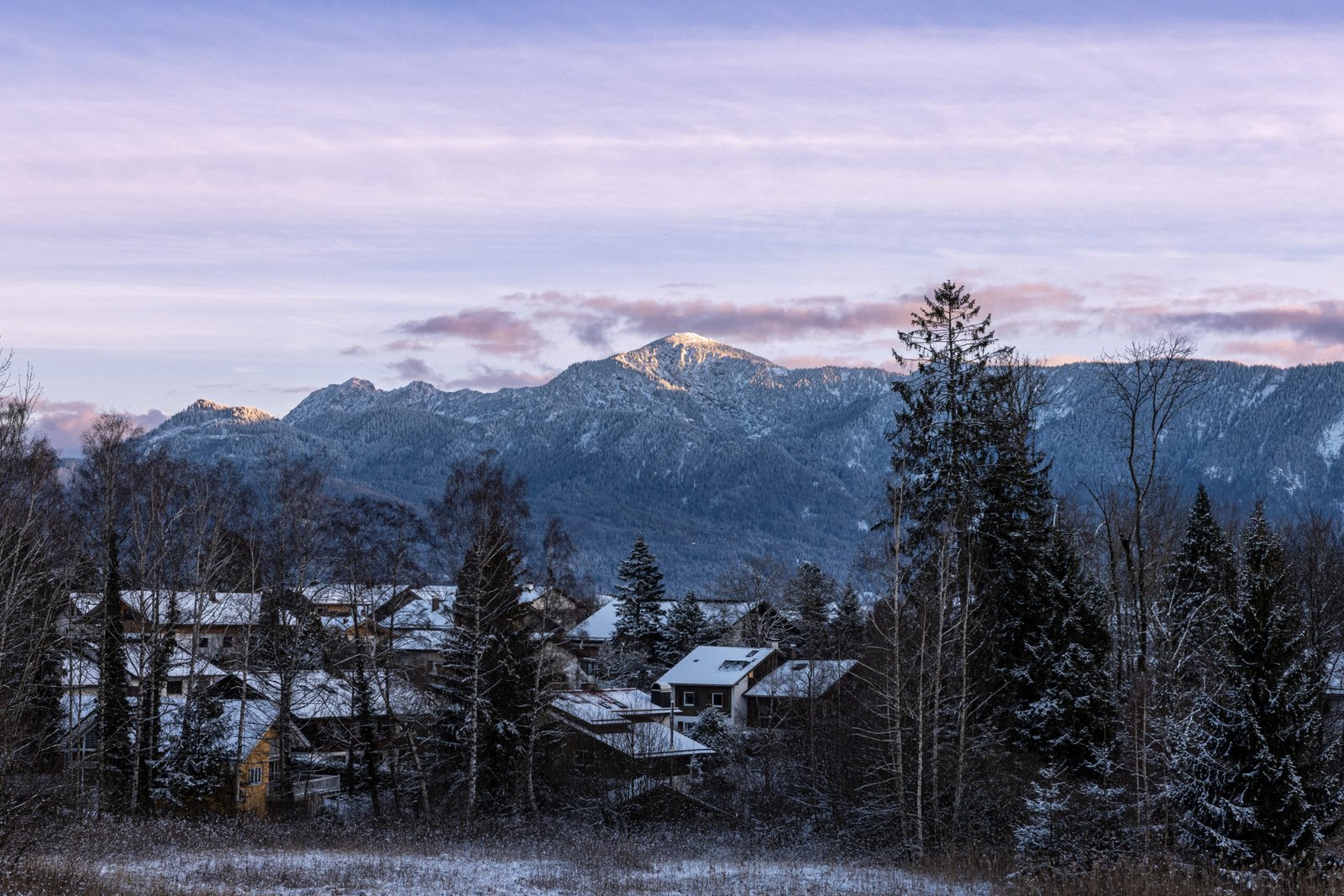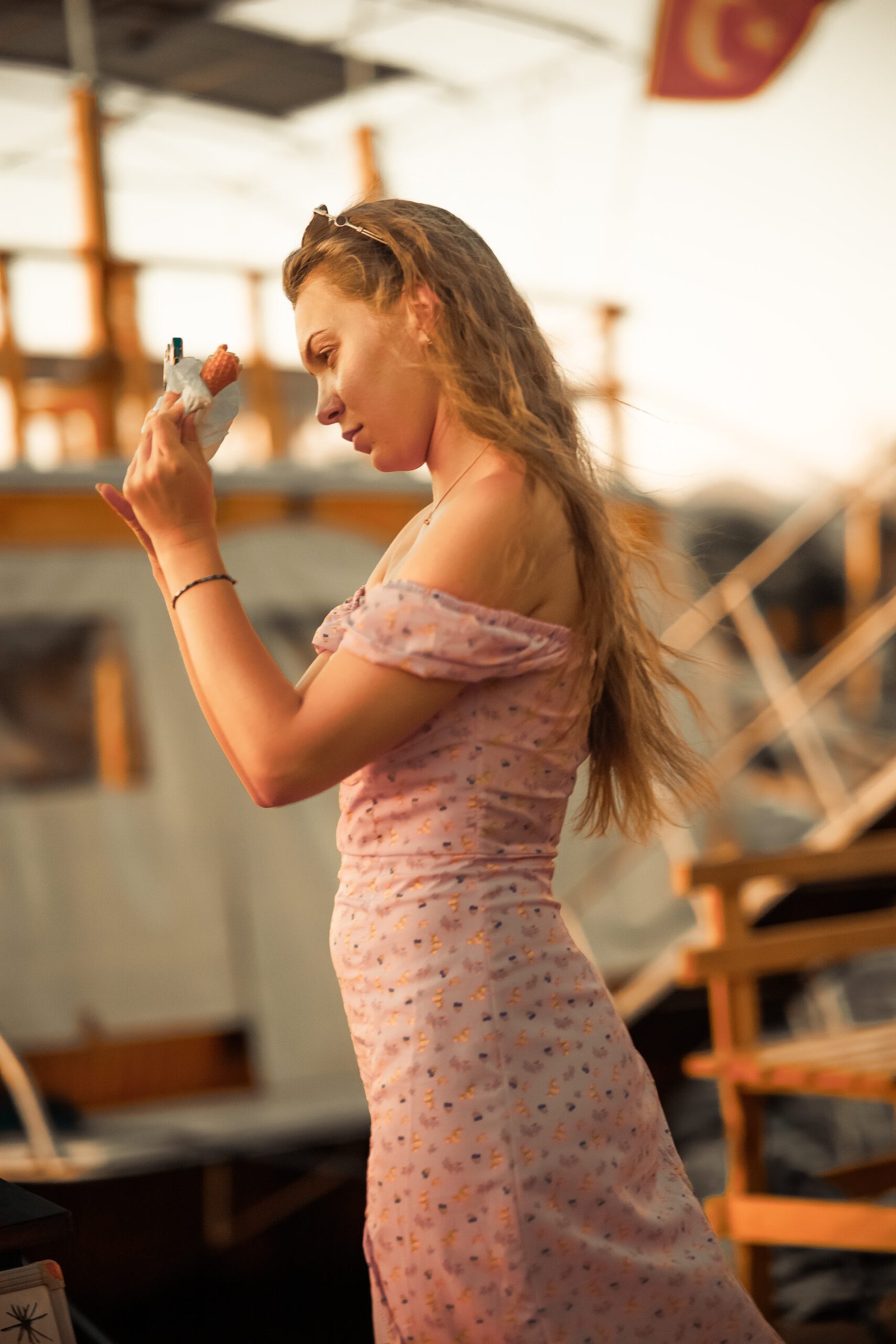
Kaktovik, Alaska
Imagine a remote town nestled on the edge of the Arctic Ocean, where the rugged beauty of nature meets the resilience of its inhabitants. This is Kaktovik, Alaska, a place that embodies the untamed spirit of the Last Frontier. With a population of just over 250 people, this hidden gem offers a unique glimpse into the Alaskan way of life. From its breathtaking landscapes to its rich cultural heritage, Kaktovik is a destination that defies expectations and leaves visitors in awe. Get ready to immerse yourself in the enchanting charm of Kaktovik, Alaska.
Location
Kaktovik, Alaska is a small village located in the North Slope Borough in the state of Alaska. It is situated on Barter Island, which is off the northern coast of the state and borders the Arctic Ocean. The geographical coordinates of Kaktovik are approximately 70.13°N latitude and 143.62°W longitude.
Time Zone
Kaktovik, Alaska operates on Alaska Standard Time (AKST), which is 9 hours behind Greenwich Mean Time (GMT-9). This time zone applies to most of Alaska, including Kaktovik, as it is located in the Alaska Time Zone.

Climate
Kaktovik experiences a subarctic climate characterized by long, cold winters and short, cool summers. The temperature in Kaktovik can range from -40°F (-40°C) in the winter to 70°F (21°C) in the summer. The region receives moderate precipitation throughout the year, with an average annual rainfall of around 9 inches (23 cm).
Temperature
Winters in Kaktovik are extremely cold, with temperatures often dropping well below freezing. The average daily temperature in January, the coldest month, is around -15°F (-26°C). However, wind chill can make it feel much colder. Summers are mild, with temperatures averaging around 45°F (7°C) in July, the warmest month.

Precipitation
Kaktovik receives a moderate amount of precipitation, with rainfall spread relatively evenly throughout the year. The village typically experiences around 80 days of precipitation annually. Snowfall is common during the winter months, with an average annual snowfall of approximately 46 inches (117 cm).
Seasonal Variations
Kaktovik experiences distinct seasonal variations. Winters are long and harsh, with limited daylight and extreme cold temperatures. Snow covers the ground for much of the winter season. Summers are short, but the extended daylight hours create a vibrant and bustling atmosphere in the village. The arrival of spring brings the migration of wildlife to the area, while autumn offers beautiful displays of fall foliage.

Demographics
Kaktovik is home to a small and close-knit community. As of the latest census, the population of Kaktovik was approximately 293 residents. The majority of the population consists of indigenous Iñupiat people, who have inhabited the region for centuries.
Ethnicity
The Iñupiat people make up the majority of the population in Kaktovik, reflecting the village’s rich indigenous heritage. They have a deep connection to the land and depend on traditional activities such as hunting, fishing, and gathering for their subsistence lifestyle.
Languages
The primary language spoken in Kaktovik is English, which serves as the lingua franca for communication. However, the Iñupiat people also have their own Native language, Inupiaq, which is still spoken and preserved within the community. Efforts are being made to revitalize and promote the Inupiaq language to ensure its continued use by future generations.
History
Early Inhabitants
The area around Kaktovik has a long history of human habitation, dating back thousands of years. The Iñupiat people have inhabited these lands for generations, relying on the rich resources provided by the Arctic environment for their survival. Their deep connection to the land and their cultural traditions continue to shape the identity of Kaktovik.
Russian Influence
In the 19th century, Russian explorers and traders arrived in the region, establishing contact with the Iñupiat people. The Russians established a trading post on Barter Island, which played a significant role in facilitating trade and cultural exchange between the Russian settlers and the indigenous population.
American Settlement
With the purchase of Alaska from Russia in 1867, Kaktovik became part of the United States. American settlers arrived in the region, further influencing the development and growth of the village. Over time, Kaktovik became a melting pot of cultures, blending Iñupiat traditions with elements of Russian and American influences.
Culture
Kaktovik has a rich and vibrant culture that reflects the heritage of its inhabitants. The Iñupiat people have maintained their traditional customs and practices, passing them down from generation to generation. These cultural practices include subsistence hunting, storytelling, drumming, and dancing. The community comes together during special occasions to celebrate and participate in these cultural traditions.
Traditions
Traditional Iñupiat traditions are an integral part of life in Kaktovik. Subsistence hunting, especially for marine mammals and caribou, plays a vital role in providing food and resources for the community. The skill of hunting and sharing the harvest is passed down through generations and is seen as an essential part of preserving the Iñupiat way of life.
Arts and Crafts
The Iñupiat people are renowned for their exquisite artwork and craftsmanship. They create intricate carvings out of walrus ivory and whalebone, depicting scenes from daily life, mythological figures, and animals. These art forms serve as a way to pass on cultural stories and are highly valued by collectors and art enthusiasts.
Festivals
Kaktovik hosts various festivals throughout the year, celebrating both traditional and modern aspects of the community. The Whaling Festival, held in the spring, is a significant event that honors the whaling tradition and brings the community together. The festival includes traditional dances, games, and feasting, allowing visitors to experience the vibrant culture of Kaktovik firsthand.
Economy
Kaktovik’s economy primarily revolves around subsistence activities, tourism, and limited industrial activities.
Main Industries
Subsistence activities, including hunting and fishing, are essential for the local economy. The Iñupiat people rely on these activities to sustain themselves and maintain their cultural practices. The village also sees some small-scale commercial fishing and limited oil exploration in the surrounding areas.
Tourism
Tourism plays a significant role in the local economy of Kaktovik. The village is a popular destination for wildlife enthusiasts, offering unique opportunities to observe Arctic wildlife such as polar bears and whales. Visitors can participate in guided tours, photography expeditions, and cultural experiences that showcase the natural beauty and cultural heritage of the region.
Transportation
Kaktovik is accessible by air and sea. The village has a small airport that serves as the main transportation hub, connecting residents and visitors to other parts of Alaska. Additionally, a daily passenger ferry provides transportation between Kaktovik and nearby communities.
Wildlife and Environment
Kaktovik is located in close proximity to the Arctic National Wildlife Refuge, one of the most pristine and ecologically diverse regions in the world. The village offers exceptional opportunities for wildlife viewing and immersing oneself in the Arctic environment.
Arctic National Wildlife Refuge
The Arctic National Wildlife Refuge encompasses a vast area of 19.6 million acres and is home to a wide range of plant and animal species. It serves as a vital habitat for migratory birds, caribou herds, and other wildlife. Visitors can explore the refuge on guided tours, witnessing the untouched beauty of the Arctic landscape.
Polar Bears
Kaktovik is known as a prime location for observing polar bears in their natural habitat. As the sea ice recedes during the summer months, polar bears gather near Kaktovik to hunt for seals. The village has established responsible viewing practices to ensure both the safety of visitors and the well-being of the bears.
Whales
The waters surrounding Kaktovik are teeming with marine life, including various species of whales. Visitors have the opportunity to witness majestic creatures such as bowhead whales, beluga whales, and gray whales during their seasonal migrations. Whale-watching tours provide a unique and awe-inspiring experience for nature enthusiasts.
Attractions
Kaktovik and its surroundings offer a range of attractions that showcase the natural beauty and cultural heritage of the region.
Barter Island
Barter Island, on which Kaktovik is located, is itself a unique attraction. The island’s sweeping landscapes, diverse wildlife, and tranquil beaches provide opportunities for hiking, photography, and experiencing the solitude of the Arctic wilderness.
Arctic Ocean
Kaktovik’s proximity to the Arctic Ocean allows visitors to immerse themselves in the awe-inspiring beauty of the icy waters. Guided tours offer the chance to explore the coastline, spot marine wildlife, and witness stunning vistas of the Arctic Ocean.
Native Village Tours
Kaktovik offers guided tours that provide an insight into the cultural heritage and daily life of the Iñupiat people. Visitors can learn about traditional practices, visit historical sites, and experience the warmth and hospitality of the community firsthand.
Education
Kaktovik provides educational opportunities for its residents, ensuring access to quality education at all levels.
Primary and Secondary Schools
Kaktovik operates a local school that serves students from pre-kindergarten through 12th grade. The school focuses on providing a well-rounded education, combining academic instruction with cultural teachings and activities that are relevant to the unique Arctic environment.
Post-Secondary Education
For post-secondary education, residents of Kaktovik have the option to pursue higher education in various fields of study through distance learning programs or by attending universities outside the village. These opportunities help individuals in Kaktovik pursue higher educational goals while staying connected to their cultural roots.
Infrastructure
Kaktovik has essential infrastructure in place to meet the needs of its residents and visitors.
Healthcare Facilities
Kaktovik has a health clinic that provides basic medical services to the community. In case of more specialized care, residents may have to travel to larger towns or cities in Alaska.
Roads and Transportation
The village has a network of roads that connect different parts of the community. However, due to the remote nature of the area, transportation primarily relies on air travel and, to a lesser extent, marine transportation.
Utilities
Kaktovik has reliable utilities, including electricity, water, and sewage systems, that support the daily needs of the community. These essential services are critical for maintaining a comfortable and functional living environment in the remote Arctic village.
Kaktovik, Alaska, with its unique location, rich cultural heritage, and breathtaking natural beauty, offers a truly unforgettable experience for those who venture to this remote Arctic village. Whether it’s observing polar bears in their natural habitat, learning about the traditional practices of the Iñupiat people, or immersing oneself in the untouched wilderness of the Arctic, Kaktovik has something to offer for every traveler seeking an authentic and awe-inspiring Arctic experience.
